Over 25 years ago, the Japanese entertainment industry changed for the better. While Japan has long been known for its uniquely animated work, typically adapted from the original comics from which they’re inspired, it wasn’t until the creation of One Piece that this small yet mighty island in the Pacific Ocean became known for housing one of the most alluring and uniquely crafted fictional stories in the entire entertainment industry.
Here in the West – if that’s where you’re reading from – manga and anime did not become widely and progressively accepted until quite recently. In fact, this format was long known to be some sort of niche interest that only “weebs” enjoyed, not realizing that they would likely be missing out on one of the greatest adventure journeys one could possibly embark upon.
Thankfully, as time went on and anime became a medium more accepted among social circles – albeit still often associated with children’s cartoons or looked upon with disdain for not originating from an English-speaking country – the world was finally exposed to the grandiosity of storytelling across various anime genres. Nowadays, live-action adaptations are expanding the audience even further, reaching those who hold an enduring scorn towards anime.
Next in line is none other than the story that changed the game, and the highest-selling manga in the entire world: One Piece. This is my personal belief on why it is so popular, and why everyone who refuses to engage with it is missing out on experiencing the greatest story ever told.
Why is One Piece so popular?
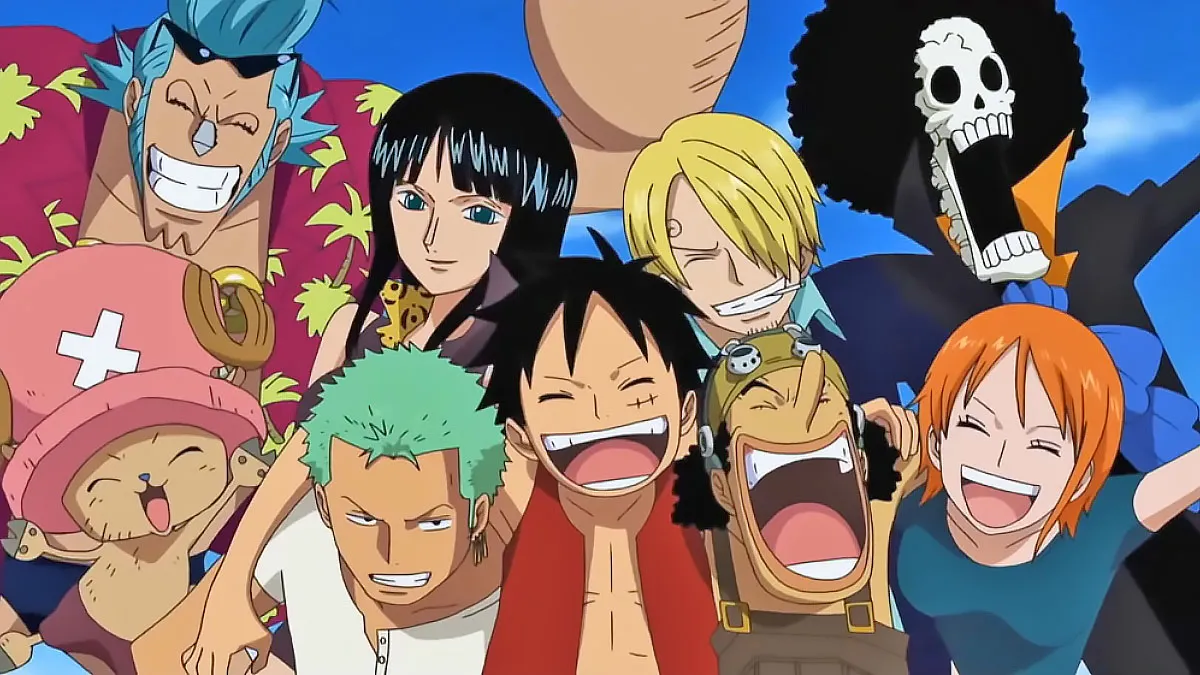
Very few stories reach a milestone as significant as that of One Piece. In its nearly three-decade run, this tale’s influence continues to grow, setting a new standard for storytellers worldwide, thanks to Eiichiro Oda. As the renowned booktuber Merphy Napier puts it, “Oda is a masterful storyteller.” To me, he epitomizes that very same concept.
One Piece is a once-in-a-lifetime story, and I firmly believe that my opinion is not biased. This story is goofy, fun, and often comedic. Simultaneously, it skillfully introduces some of the most nuanced societal inequality plots I have encountered in media, all while addressing issues like racism, slavery, and classism through the lens of peculiar sea creatures and whimsical pirates. Amidst the zaniness and Dalí-esque surrealism, what truly stands out is One Piece‘s moral complexity and how adeptly it explores these concepts through various textual elements.
The characters
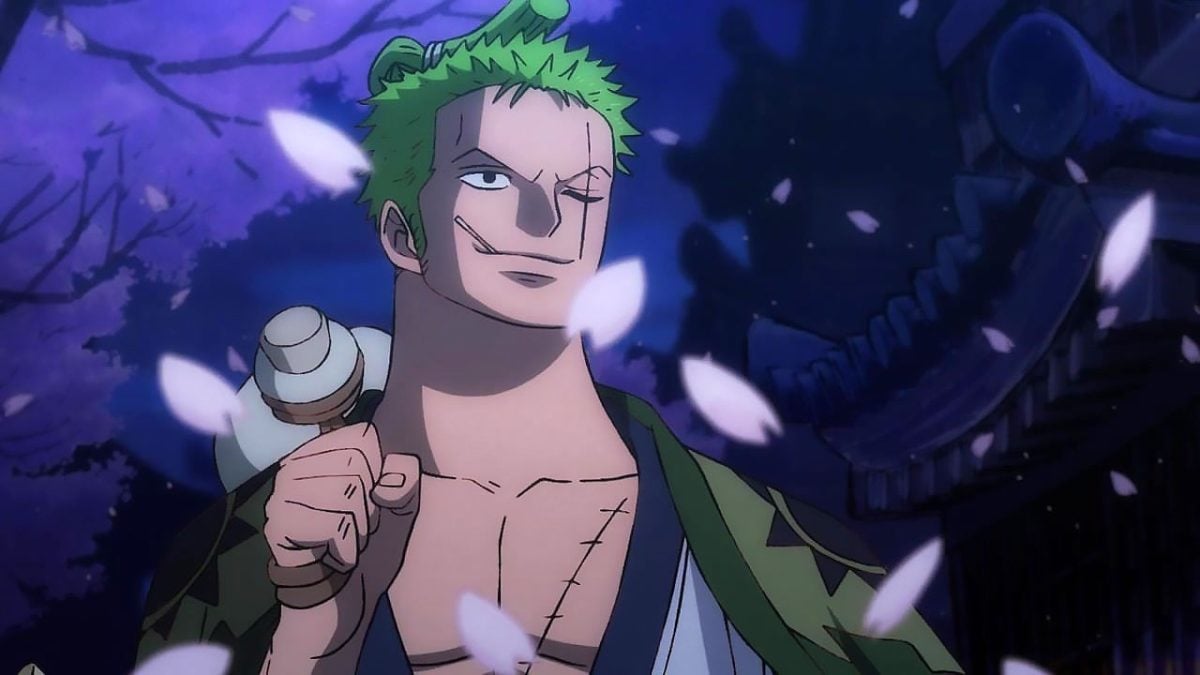
The characters, for starters, are unlike any we’ve ever seen in Western media. I can’t even begin without mentioning that Oda managed to introduce an antagonist dressed as a baby, with a ridiculous design and with a perverted personality, and it still made us cry on his behalf. That’s the kind of character this author has managed to introduce. Imperfect and beautifully nuanced characters whose moral complexity becomes evident from the moment we come face to face with them.
We encounter both pirates and Marines, each embodying divergent beliefs. The Marines advocate for justice, control, and adherence to rules. In contrast, pirates are lawless – they believe only in themselves in the most egotistical sense imaginable. Yet, this story demonstrates that neither pirates nor Marines are purely evil or good. The Straw Hat crew are protagonists, but paradoxically, they may be some of the most self-centered characters we encounter, all while being selfless enough to risk their lives for people they’ve just met.
On the other hand, the Marines yearn for the safety of those they’ve pledged to protect, even as they must adhere to rules established by those in power who believe their dominance supersedes natural laws. They obliterate islands, erase knowledge, and destroy books in the name of justice, often disregarding the lives of their people. However, they too are not inherently evil. This is the beauty of the characterization in One Piece.
The world-building
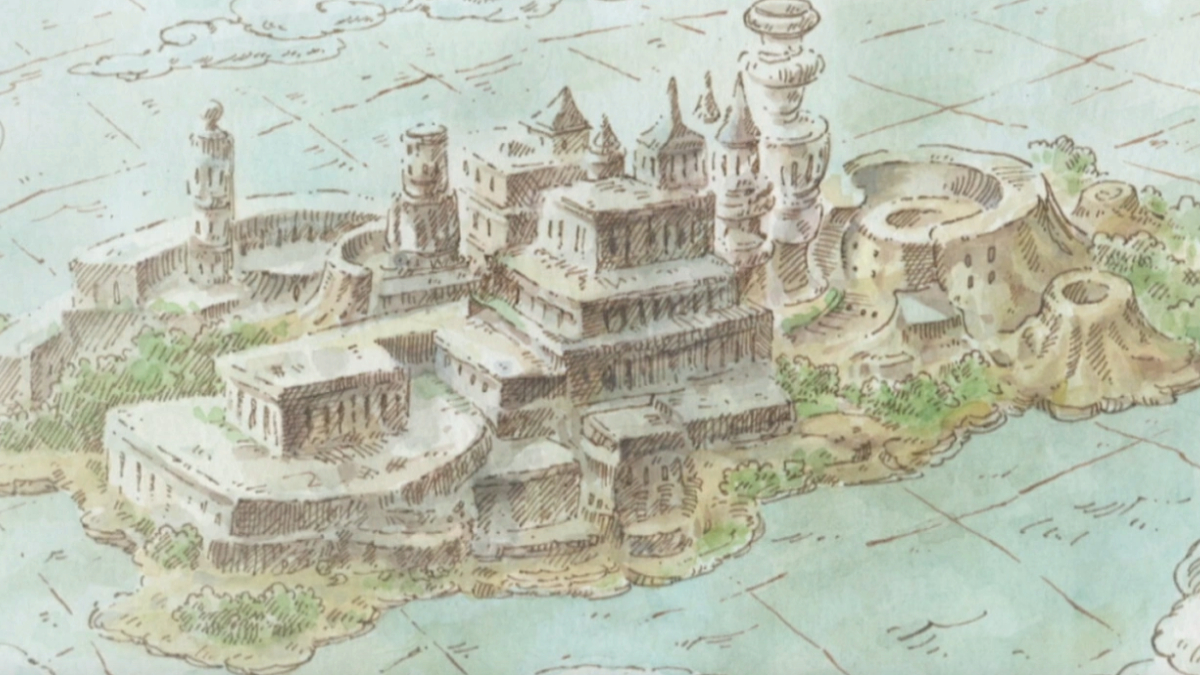
In shounen – the manga genre usually tailored for young males – intricately crafted power dynamics and uniquely created worlds are not foreign concepts, yet Oda has managed to take it a step further. If we were to put forth a map of the entire One Piece world, dissecting it would likely prove a daunting task for anyone unfamiliar with the series. It is almost as unframable as it is sublime.
We witness our protagonists sailing through the most treacherous of seas and facing some of the most ruthless creatures and human beings one could possibly imagine. All the while, they discover the beauty of the adventure that lies within these perilous waters, and while all of this is true, in the end, the author has accomplished something that very few writers can claim: creating a world that could exist outside of the main characters.
While we come to know and love the Straw Hats, embracing their dynamics, quirks, and perfect imperfections, the One Piece world provides a remarkably realistic view that we could never have predicted. The side characters are equally impactful, navigating a flawed society rife with slavery, racism, and hatred. The narrative takes us from Tom Sawyer-esque adventures to a far broader scope than anyone could have anticipated. This is the beauty of the world in One Piece.
The plot
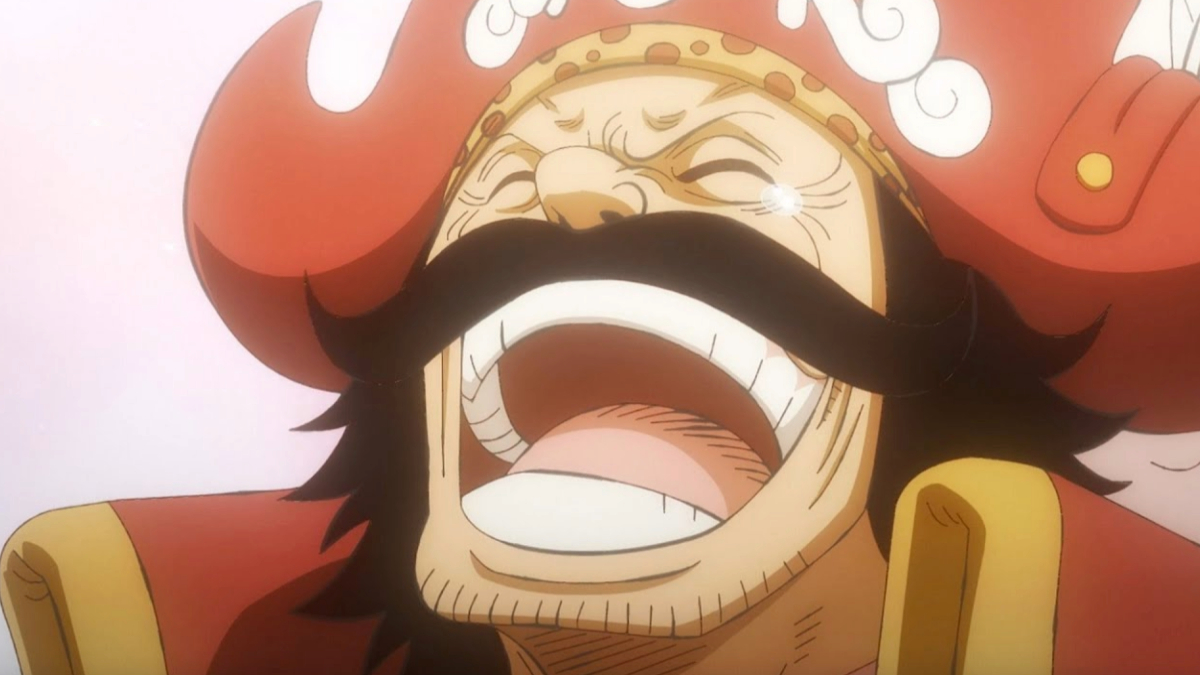
With its grand dynamic encompassing both the world and the characters, One Piece has masterfully crafted a plot like no other. Characters introduced in the very first arc are bound to reappear in the future, illustrating the intricate detail woven into this story. Loose ends are never truly left unresolved; they’re tied up even decades after the concepts and plots were introduced. Even after nearly thirty years in the limelight, this story continues to lure in more fans, repeatedly surprising us with its genius storytelling.
Describing the feeling of a well-crafted story where everything has its explanation is a challenge in itself but one that very few can attest to – but not me. I have experienced it with this series. One Piece‘s narrative maintains consistent quality as characters undergo incredible arcs and developments that lend them a depth beyond what we could imagine.
One Piece ticks all the boxes that make a story feel complete, intertwining its various threads at a complex level that showcases its immense versatility. The narrative remains engaging, preventing any inkling of boredom and eliminating the need for any other type of story. This is the essence of One Piece‘s plot.
Ultimately, One Piece has set a new storytelling standard for millions worldwide. If the term ‘peak fiction’ were ever coined to describe anything, it would undoubtedly be used for One Piece. This, indeed, encapsulates the beauty of One Piece.

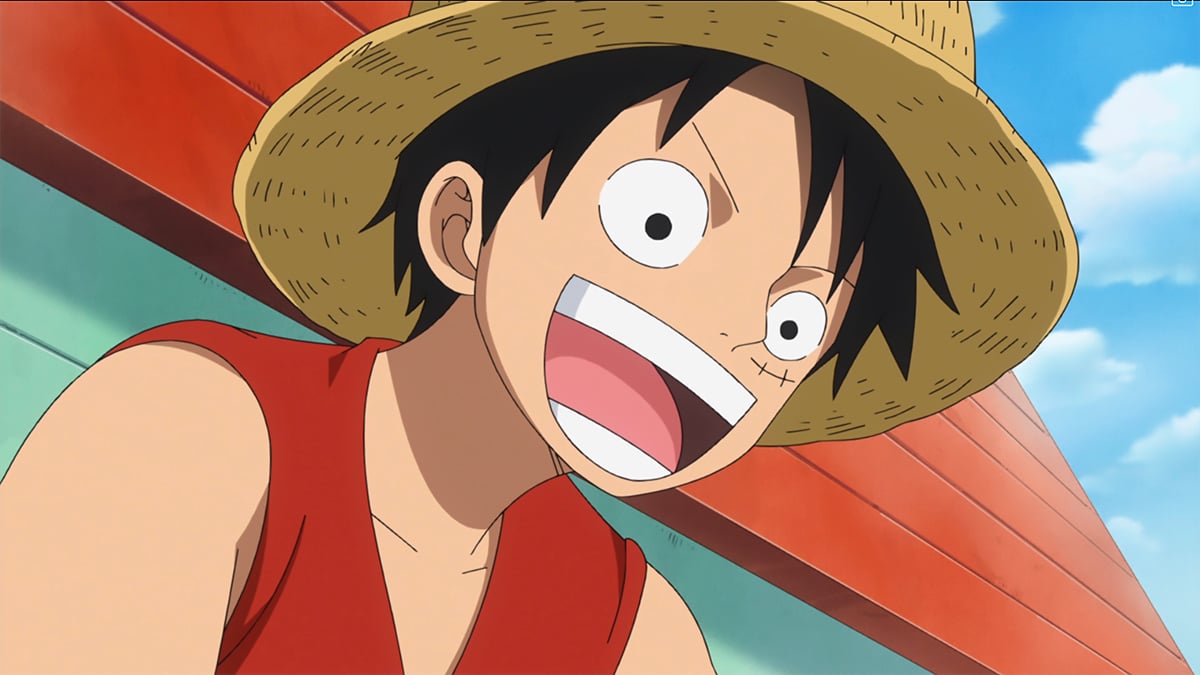


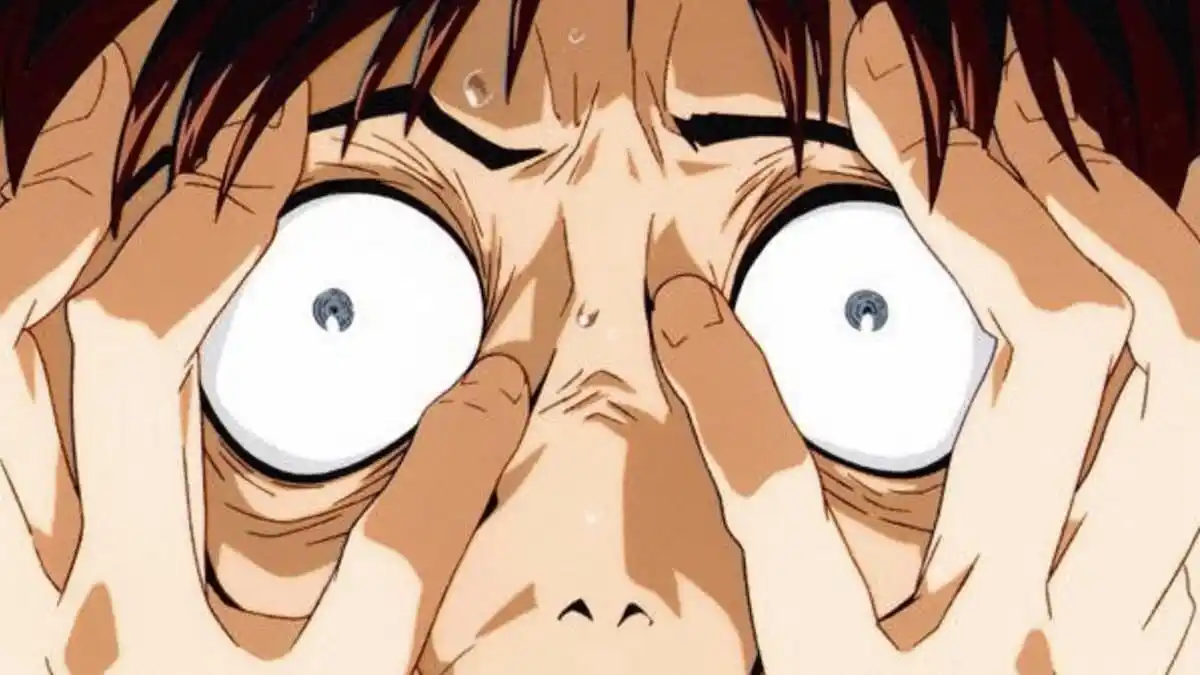
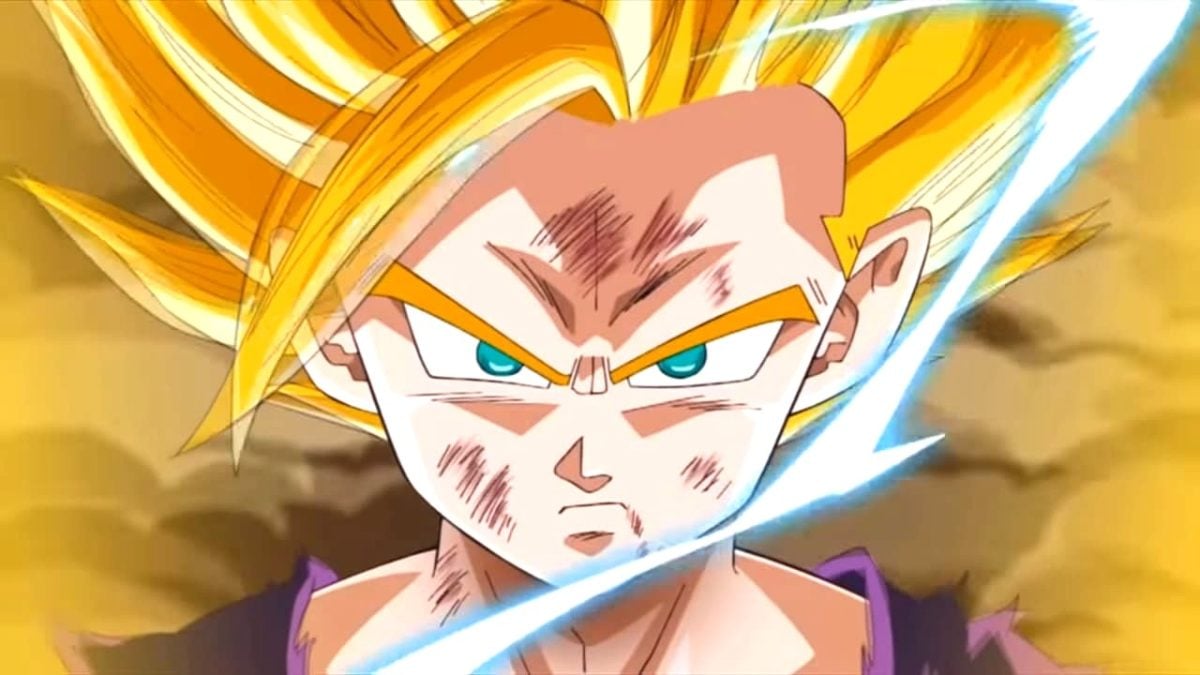
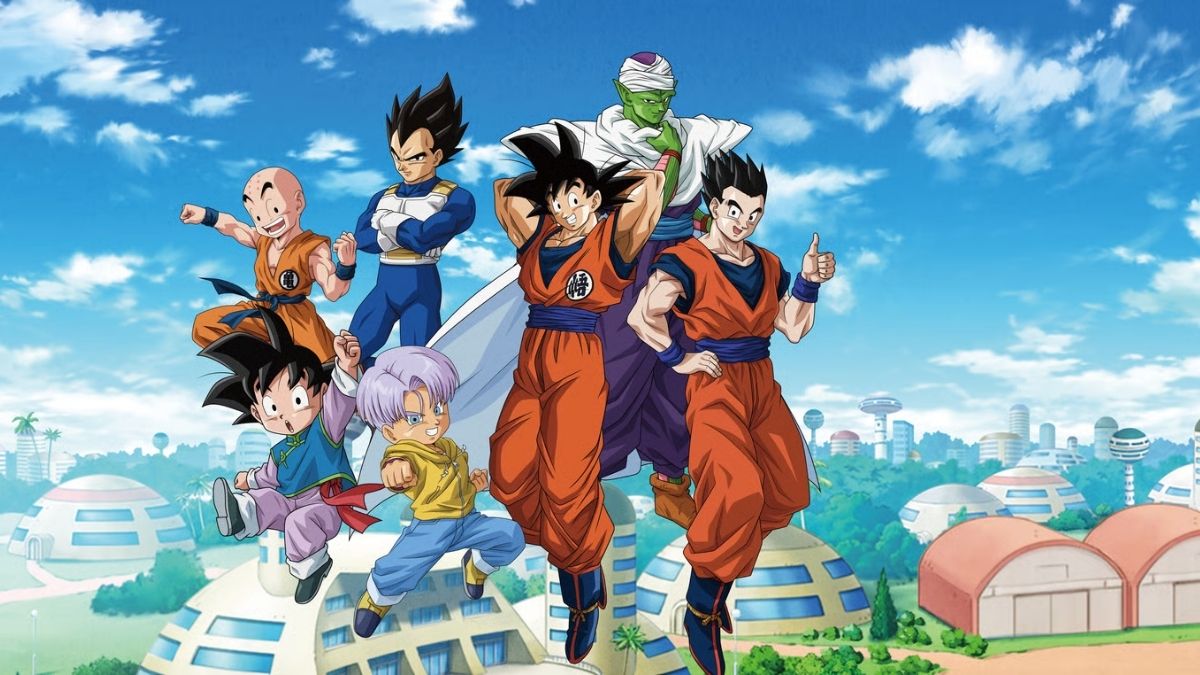
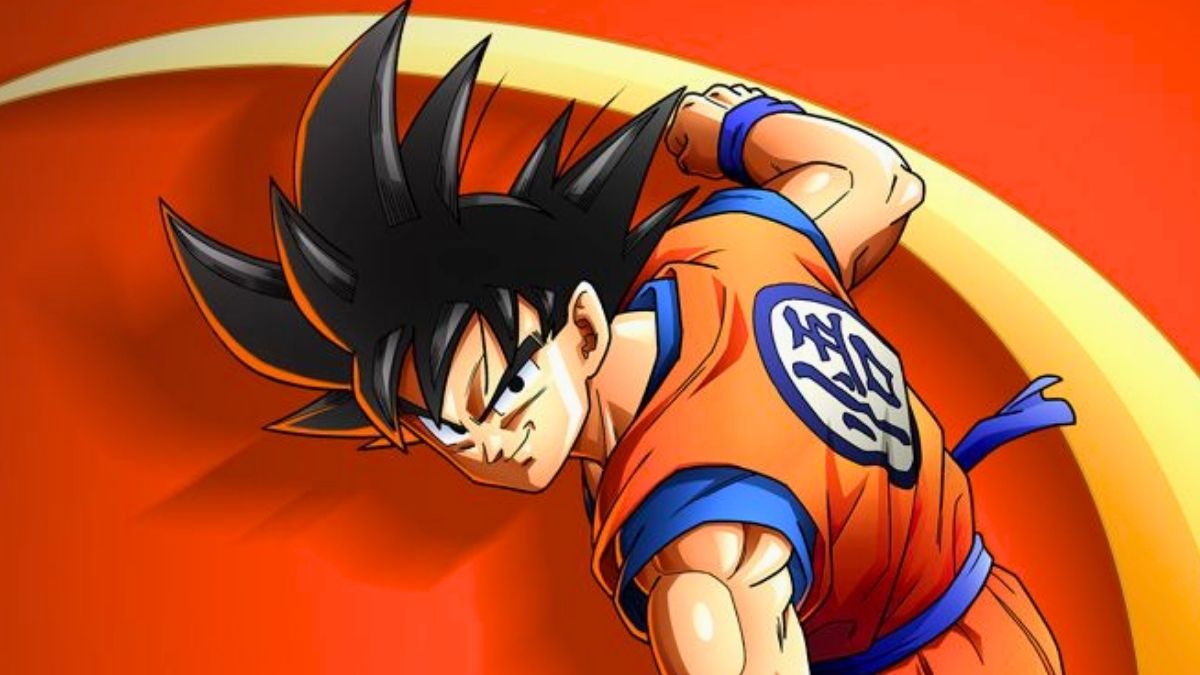
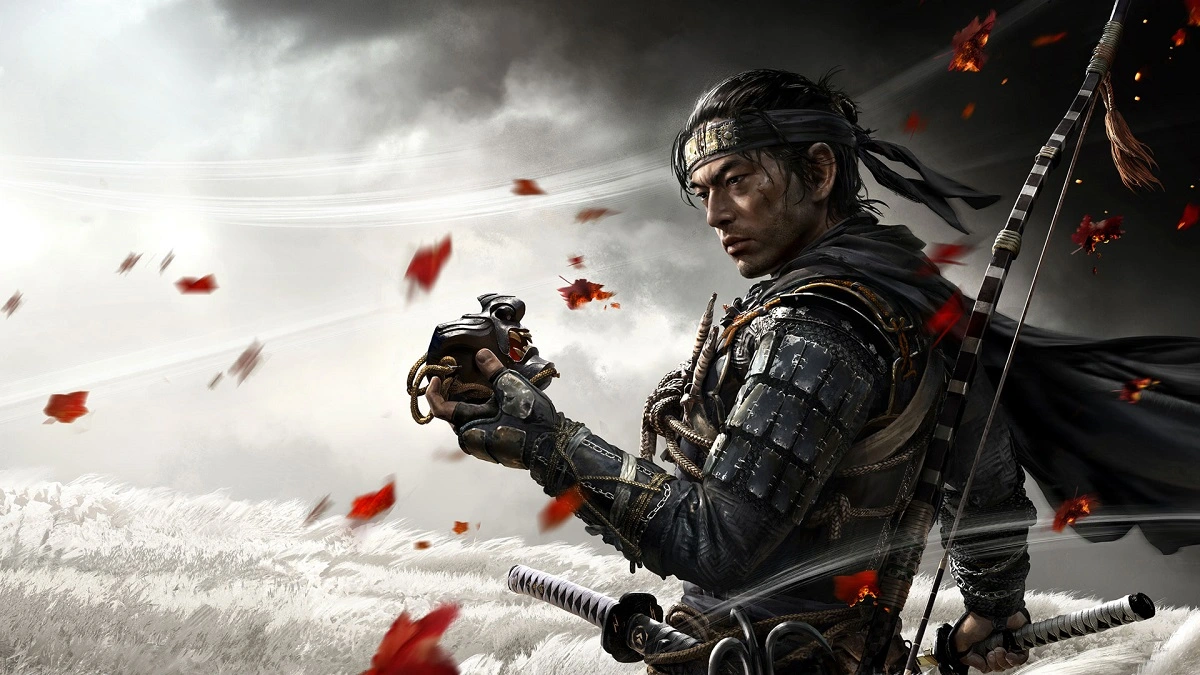
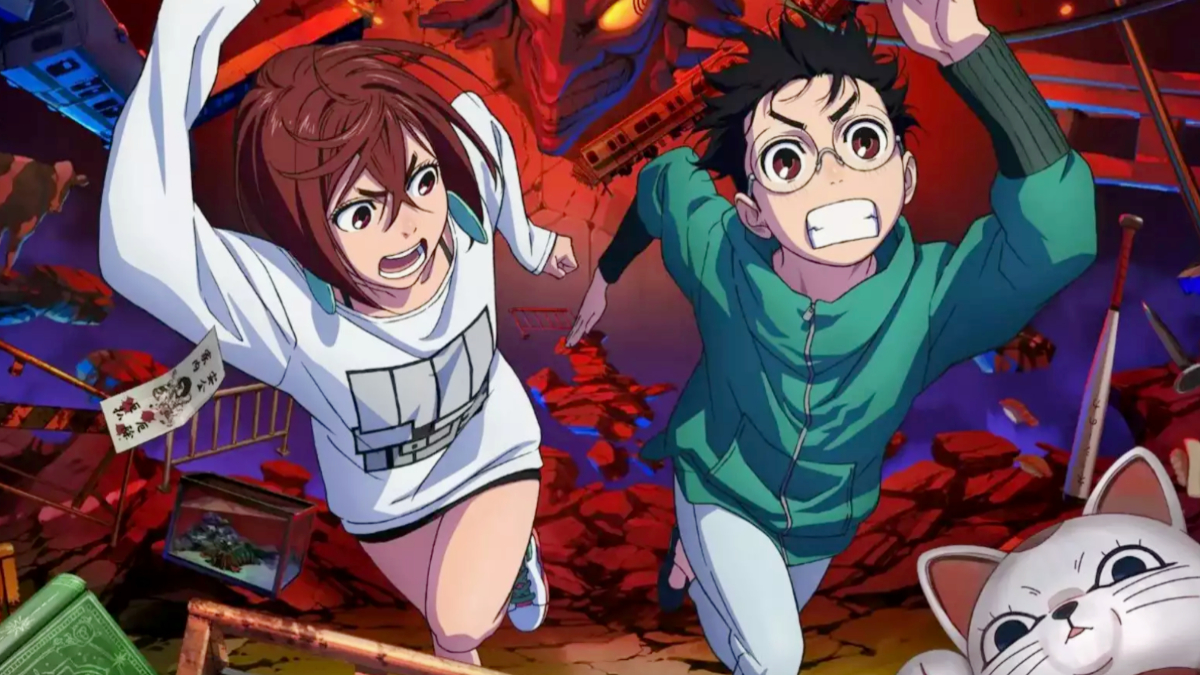

Published: Aug 28, 2023 02:43 pm